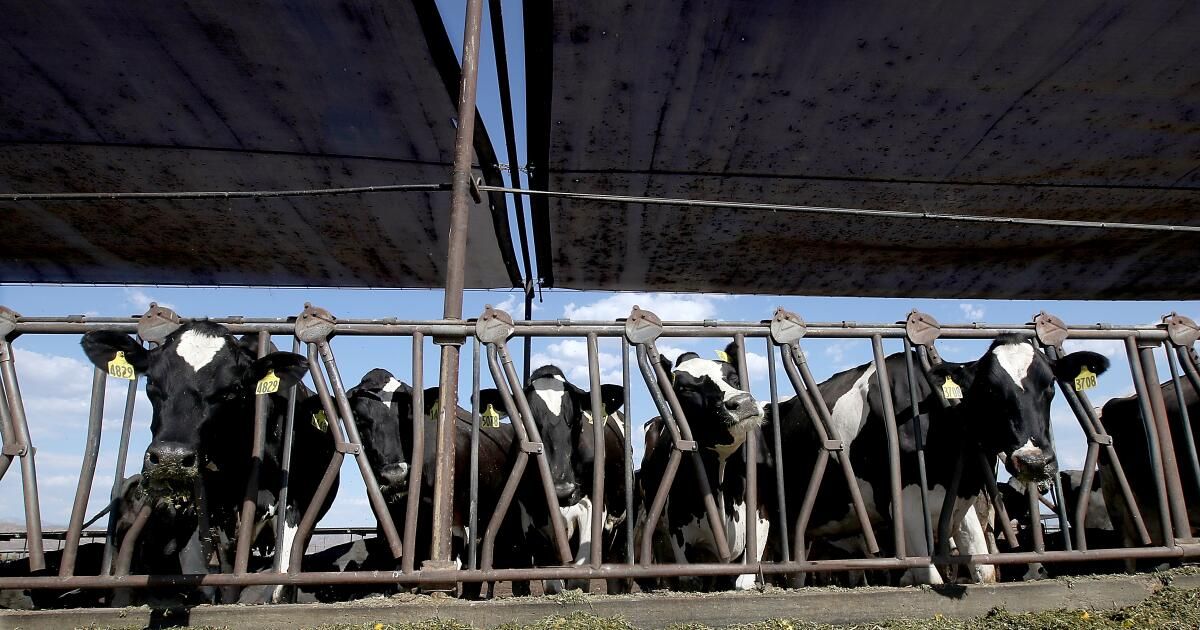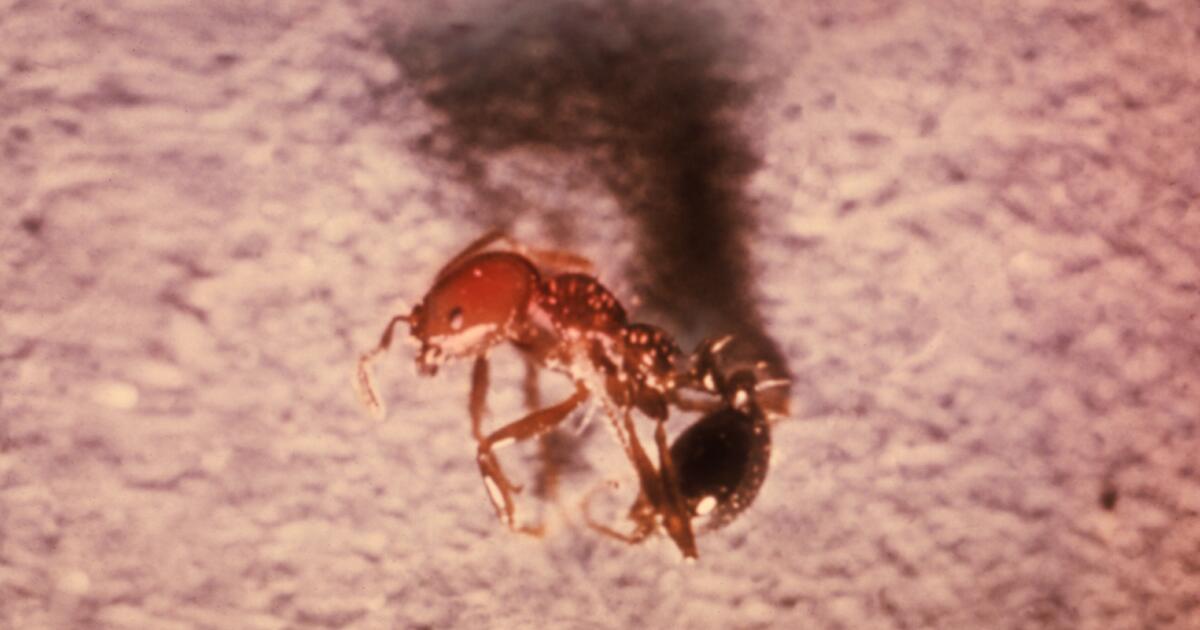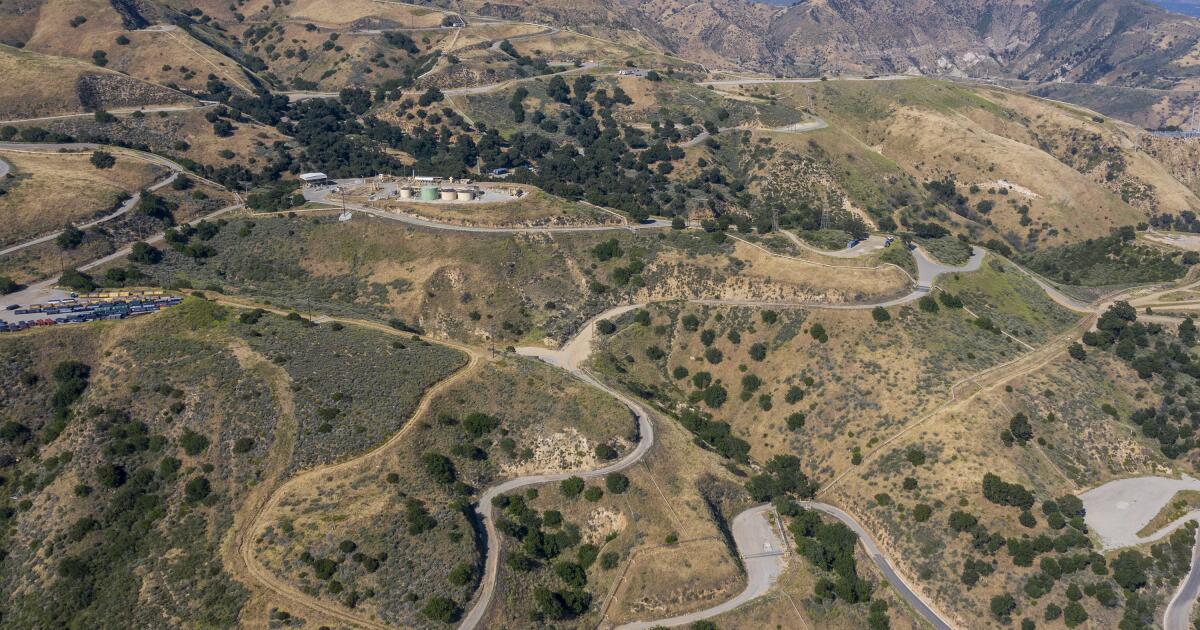Reports of H5N1 bird flu outbreaks on California dairy farms continue to mount as the nation's largest milk producer struggles to contain the spread.
On Monday, authorities reported that the number of infected dairy cows in the Central Valley had doubled over the weekend, rising from 17 to 34.
A spokesperson for the California Department of Food and Agriculture said they expect more cases to be announced in the coming days and weeks as testing continues.
There are about 1,100 dairy herds in California, 90 percent of them in the San Joaquin Valley, so there is real concern, industry experts say. Outbreaks disrupt milk production at affected dairies. Not only are infected herds quarantined, but nearby dairy farms must also undergo special testing.
“Farmers are really concerned about the virus and don’t feel like it’s under control,” said Anja Raudabaugh, executive director of Western United Dairies, the trade association for California dairy producers. She added that the industry hopes a vaccine for cows will be developed “that will protect our animals” and comply with trade agreements.
The threat to humans is considered to be low. However, infectious disease experts fear that the longer the virus remains present on dairy farms, the greater the chance it will mix with a human virus and pose a greater risk to people.
Both state and federal health officials say milk is safe to drink, as long as it is pasteurized.
Steve Lyle, a spokesman for the Agriculture Department, said the agency's call for testing of dairies within six miles of infected herds, as well as dairies that share staff or equipment with infected herds, has allowed officials to detect infected dairies “around the time or just before they show clinical signs, during their incubation period.”
The U.S. Department of Agriculture is working on a bovine vaccine against bird flu, but said in a statement that this does not mean efforts to control the virus have failed.
“The development of a vaccine for cattle does not mean that biosecurity measures have failed,” the agency said in a prepared statement. “Nor does it mean that USDA believes the virus is here to stay. The development of a vaccine is part of an overall strategy that includes enhanced and strengthened biosecurity measures to contain the virus and help mitigate its spread.”
The statement went on to say that a vaccine could prove helpful in eliminating the virus from the country's dairy cattle, but it is only a tool.
“We continue to deploy all available efforts, including biosecurity and requiring testing of lactating dairy cattle moving across state lines,” the statement said.
It's not yet clear how the virus got to the state, but genetic sequencing suggests the virus is similar to that found in infected livestock in other states, and does not come from wild birds.
It's also unclear what impact the disease will have on milk production in the state, although Raudabaugh said it won't affect milk prices.
“Dairy products are a loss product in supermarkets,” she said, and are often the main incentive to buy other items in the store.












